Introduction
Abalone, a prized marine delicacy revered across global cuisines, demands precision and care in preparation to unlock its full potential. Among the myriad cooking methods, steaming stands out as a gentle yet effective technique that preserves the seafood’s delicate texture and briny sweetness. However, the critical question lingers: How long should abalone be steamed to achieve perfection? This article delves into the science, culture, and culinary craftsmanship behind steaming abalone, offering a comprehensive guide to timing, techniques, and tips for enthusiasts and professionals alike.
The Essence of Abalone: A Culinary Treasure
Abalone, a type of marine snail clinging to rocky coastal shores, has been a symbol of luxury and indulgence for centuries. Its flesh, prized for its chewy yet tender consistency and umami-rich flavor, features prominently in dishes from Chinese banquets to Mediterranean tapas. The creature’s unique biology—a muscular foot used for gripping surfaces—translates to a meat that is both robust and delicate, requiring cooking methods that balance tenderization without rendering it rubbery.
Why Steaming? The Case for Gentle Heat
Steaming abalone is a method steeped in tradition and practicality. Unlike frying or grilling, which can overpower its subtle taste, steaming uses moist heat to gently cook the meat, retaining moisture and nutrients. This technique also allows for the infusion of aromatic flavors, such as ginger, garlic, and soy sauce, which complement the abalone’s natural brininess.
The Steaming Time Conundrum: Variables to Consider
Determining the ideal steaming time for abalone is not a one-size-fits-all endeavor. Several factors influence the duration, including:
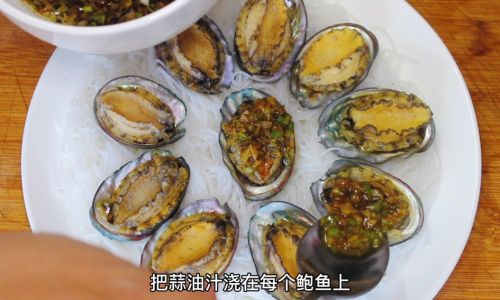
- Size and Thickness: Larger abalone specimens (e.g., 6–8 inches in shell diameter) require longer cooking times compared to smaller varieties (3–5 inches).
- Freshness: Freshly harvested abalone cooks faster than frozen or aged specimens, which may benefit from slightly extended steaming to tenderize.
- Thickness of the Meat: Thicker slices or whole abalone (with the shell) need more time to ensure even cooking.
- Desired Texture: Some chefs prefer a firmer, al dente texture, while others aim for melt-in-the-mouth tenderness, adjusting time accordingly.
General Guidelines for Steaming Abalone
While variations exist, the following timelines serve as a reliable starting point:
- Small Abalone (3–5 inches): 3–5 minutes
- Medium Abalone (5–7 inches): 5–7 minutes
- Large Abalone (7–9 inches): 7–10 minutes
- Extra-Large Abalone (9+ inches): 10–12 minutes
Note: These times apply to whole abalone in the shell. Sliced or butterflied abalone may cook 1–2 minutes faster.
Step-by-Step Guide to Steaming Abalone
Preparation: Cleaning and Tenderizing
- Cleaning: Rinse the abalone under cold water to remove sand and debris. Use a stiff brush to scrub the shell’s exterior.
- Detaching the Meat: Gently pry the meat from the shell using a spoon or knife, ensuring the dark, visceral内脏 (innards) are removed.
- Tenderizing: Lightly pound the meat with a meat mallet or score the surface diagonally to prevent curling during cooking.
Marinating (Optional)
Marinate the abalone for 15–30 minutes in a mixture of soy sauce, rice wine, ginger, and sesame oil to enhance flavor.
Steaming Equipment
- Bamboo Steamer: Preferred for its porous structure, which allows steam to circulate evenly.
- Stainless Steel Steamer: A durable alternative; ensure the water level does not touch the abalone.
Steaming Process
- Boil Water: Fill the steamer’s base with water (1–2 inches deep) and bring to a rolling boil.
- Place Abalone: Arrange the meat in a single layer on a heatproof plate or parchment paper.
- Steam: Cover and steam according to the size guidelines above. Avoid lifting the lid during cooking, as this releases heat and disrupts timing.
Testing for Doneness
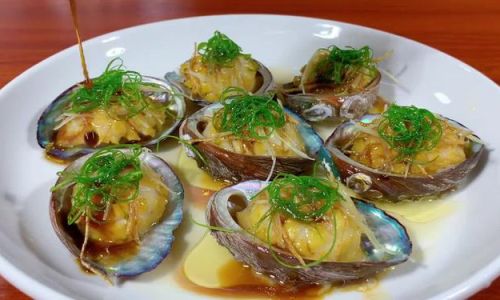
- Texture Check: The abalone should feel firm yet tender when pierced with a fork. Overcooked meat becomes rubbery; undercooked meat feels tough.
- Visual Cues: The flesh turns opaque, and the edges curl slightly.
Advanced Techniques for Culinary Perfection
Aromatic Infusions
Elevate the dish by adding aromatics to the steaming liquid. Sliced ginger, garlic, scallions, or citrus peels impart subtle fragrance without overwhelming the abalone’s taste.
Basting with Sauce
Midway through steaming, brush the abalone with a glaze (e.g., oyster sauce, honey, or mirin) to caramelize the surface and lock in moisture.
Resting Period
Allow the abalone to rest for 2–3 minutes post-steaming. This redistributes juices, ensuring each bite is succulent.
Pairing with Complementary Flavors
Serve steamed abalone with:
- Dipping Sauces: Ginger-scallion oil, chili-lime dressing, or ponzu sauce.
- Side Dishes: Steamed rice, sautéed greens, or pickled vegetables.
- Garnishes: Microgreens, edible flowers, or toasted sesame seeds.
Common Pitfalls and How to Avoid Them
Overcooking
- Symptom: Rubbery texture, shriveled appearance.
- Solution: Strictly adhere to timing guidelines. Use a timer and test doneness early.
Under-Seasoning
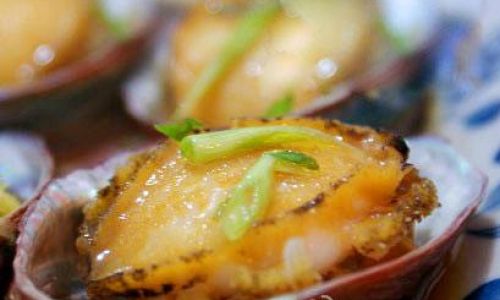
- Symptom: Bland, one-dimensional flavor.
- Solution: Marinate adequately and serve with flavorful sauces.
Inconsistent Cooking
- Symptom: Unevenly cooked meat (overdone edges, raw center).
- Solution: Slice abalone into uniform thickness or steam whole specimens with the shell for even heat distribution.
The Science Behind Steaming: Retaining Nutrients and Flavor
Steaming abalone at 212°F (100°C) preserves heat-sensitive nutrients like vitamin B12, selenium, and iodine, which are often lost in high-heat methods. Additionally, the low-oxygen environment minimizes the formation of harmful compounds, such as heterocyclic amines, associated with grilling or frying.
Cultural Significance of Steamed Abalone
In Chinese cuisine, steamed abalone symbolizes prosperity and is a centerpiece during Lunar New Year feasts. In Japan, awabi (abalone) is often served as sashimi or nimonotani (simmered in broth), while Mediterranean recipes pair it with olive oil, herbs, and lemon.
Sustainability and Ethical Considerations
Overharvesting has threatened wild abalone populations, prompting the rise of aquaculture. Farm-raised abalone, fed on sustainable diets of seaweed and kelp, offers a guilt-free alternative. When purchasing, look for certifications like the Marine Stewardship Council (MSC) label.
Beyond Steaming: Exploring Abalone in Global Cuisines
While steaming is revered, abalone’s versatility shines in other preparations:
- Grilled: Marinated in miso or teriyaki glaze.
- Braised: Slow-cooked in soy-based broths with mushrooms and bamboo shoots.
- Ceviche: Cured in citrus juices with chili and cilantro.
Conclusion: The Pursuit of Perfection
Steaming abalone is an art that marries tradition with technique. By understanding the interplay of size, freshness, and heat, cooks can transform this humble mollusk into a culinary masterpiece. Whether served in a Michelin-starred restaurant or a home kitchen, perfectly steamed abalone rewards patience and precision with a taste of the ocean’s bounty. So, the next time you stand before a steamer, remember: timing is not merely a number—it’s the key to unlocking a timeless delicacy.
Final Tip: Experiment with local herbs, spices, and accompaniments to create your signature steamed abalone dish. After all, culinary excellence thrives on curiosity and a dash of creativity.



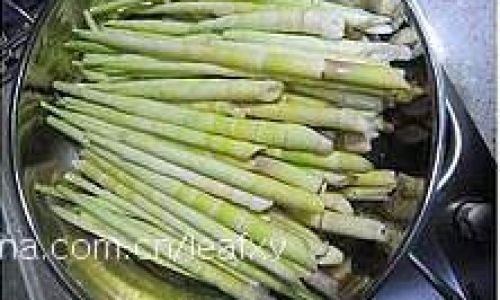

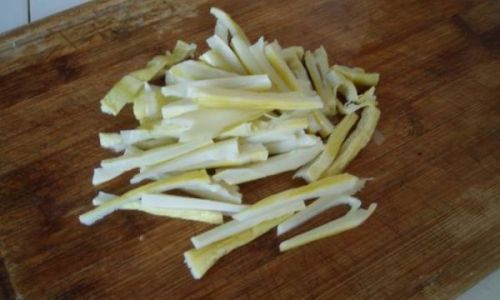
0 comments